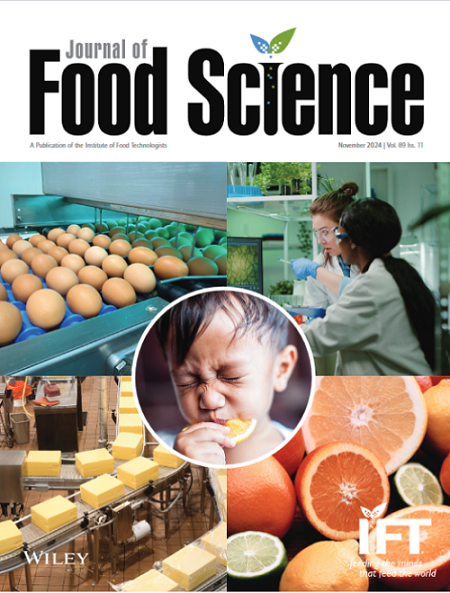A concise review of millet milk development
Abstract
There is a growing global shift from dairy milk to plant-based milk alternatives (PBMAs) due to environmental, ethical, and health concerns. PBMAs such as oat, soybean, and nut milk are commercially available, whereas millet milk is notable for being allergen-free. Millet is a nutrient-dense and cost-effective option, providing essential amino acids, minerals, and antioxidants. However, factors such as millet type, extraction methods, and processing techniques significantly impact the nutritional quality of the millet milk. A standardized processing pathway is essential to achieve an optimal nutritional profile, yet the lack of such a pathway remains a significant challenge in millet milk production. Therefore, this comprehensive review explores the impact of various preprocessing techniques and extraction methods for millet milk, as well as the application of novel stabilization techniques such as high- and ultrahigh-pressure homogenization, ultrasound, microfluidization, and pulsed electric fields on other PBMAs, proposing their potential for millet milk. Additionally, the existing millet milk processing techniques are compiled to a framework, and the nutritional composition of millet milk is compared to other PBMAs and cow milk. Lastly, the recommendations for future research, focusing on the development and nutritional optimization of millet milk, are presented.


 求助内容:
求助内容: 应助结果提醒方式:
应助结果提醒方式:


